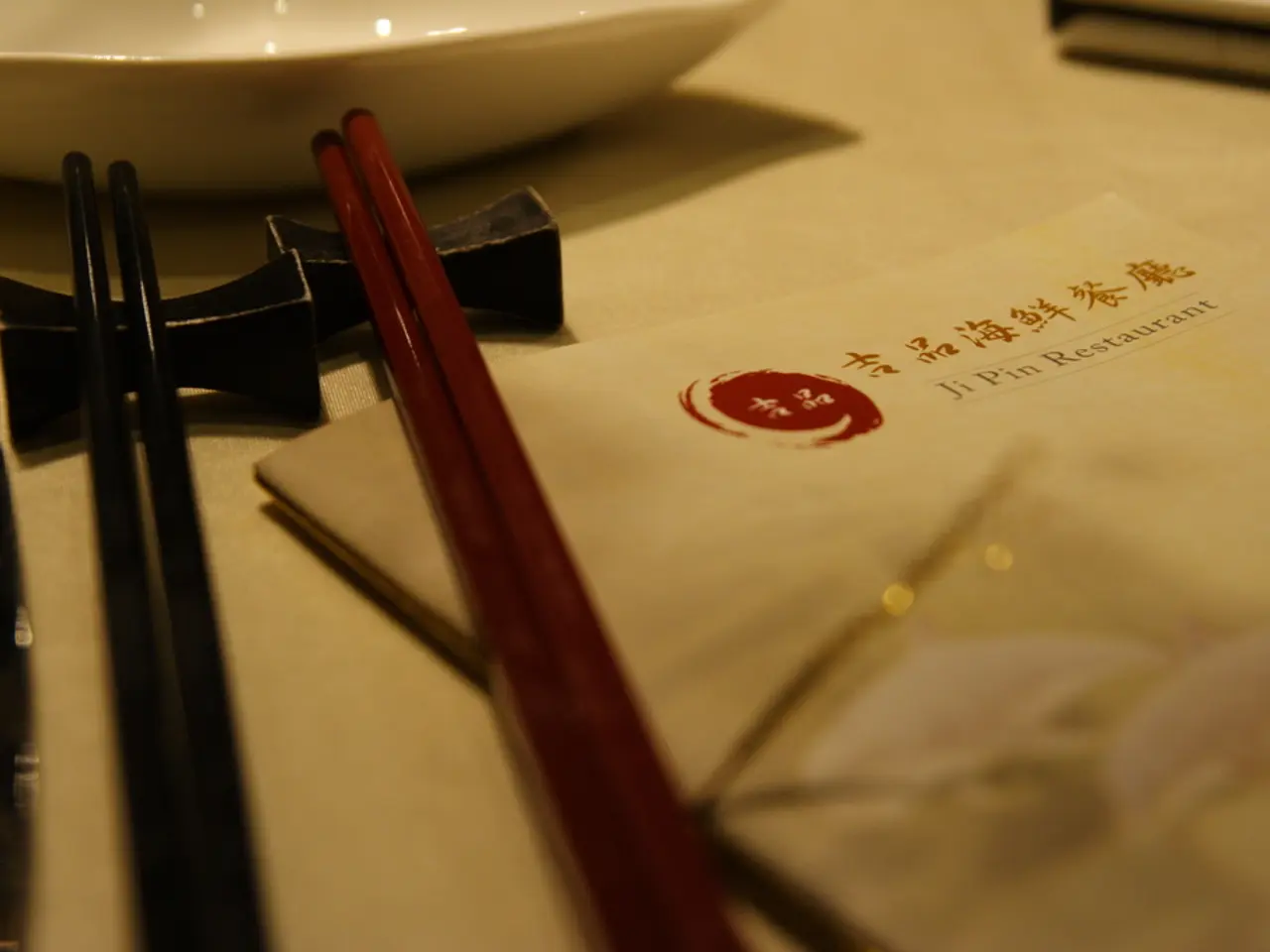Vibrant Flora in Miniature: Exploring Colorful Bonsai Species with Captivating Blossoms and Fruits
In the captivating world of bonsai, some species offer more than just aesthetic appeal – they also produce beautiful blooms and edible fruits. This harmonious blend of beauty and practicality makes these bonsai a delight for both the eye and the palate.
Standout Species
Among the many flowering and fruiting bonsai, a few stand out as exceptional choices. The Sageretia bonsai, also known as the Sweet Plum, is renowned for its small, edible fruit with sweet flavors, making it a popular choice as a fruiting bonsai [1]. The Serissa foetida, or Snowrose, is a flowering bonsai known for its delicate white blooms that add seasonal beauty [1]. The Bonsai Carmona, or Fukien Tea, is a flowering bonsai with small white flowers, although fruiting is rare [1].
For those seeking a more spectacular display of spring colours, the Flowering Cherry (Prunus serrulata) offers pink or white flowers in abundance, although its traditional cherries are not typically edible in bonsai form [2]. The Syzygium bonsai is known for its flowers and edible fruits, sometimes used for bonsai with fragrant flowers and small fruits [1]. Lastly, the Ficus bonsai is noted for its edible figs and glossy leaves, with some varieties blooming and bearing small fruit suitable for bonsai [1].
Growing Conditions and Care Requirements
To cultivate these vibrant bonsai, certain conditions must be met. Most flowering and fruiting bonsai require bright, indirect light to foster blooming and fruit setting. Species like cherry bonsai thrive in full sun to partial shade [2].
The temperature and hardiness requirements vary. Flowering cherry bonsai do well in USDA zones 5 to 8 with seasonal chilling needed for bloom initiation [2]. Tropical species like fig and Carmona prefer warmer, indoor or greenhouse environments with stable temperatures.
Consistent moisture is crucial, but the soil should be well-draining to prevent root rot, especially for tropical bonsais like Carmona and Ficus. Many flowering bonsai, including Serissa and Carmona, benefit from moderate to high humidity, which can be maintained by misting or using humidity trays [1].
A specialized bonsai soil mix that drains well yet retains some moisture is ideal. Soil composition may vary depending on the species. Regular fertilization with a balanced fertilizer high in potassium encourages blooming and fruiting.
Regular pruning shapes the bonsai and encourages new growth and flower bud development. Wiring helps maintain the desired structure without damaging branches.
Bloom and Fruit Season Timing
The blooming window, the brief period during which a bonsai produces flowers or fruits, demands careful timing and attention to release the full splendor of these miniature marvels. The time it takes for a new bonsai to produce flowers or fruits varies depending on the species, age, and growing conditions, typically ranging from 1-5 years, with some species blooming or fruiting within the first year.
Pests and Care Considerations
Common pests to monitor when cultivating fruiting bonsai species include aphids, whiteflies, spider mites, mealybugs, scale, and fruit flies. When limited natural light is a constraint, species tolerant of low-light conditions and supplemental lighting must be selected to support photosynthesis and promote healthy growth.
The intricate interplay between light, temperature, and moisture must be considered when tending to bonsai. Species-specific timing, environmental cues, nutrient and water management, and pruning and training are essential factors to optimize a bonsai's blooming window.
A deep understanding of the cultivation cycle allows for informed decisions that support the tree's natural rhythms and maximize its colorful displays. Attuning oneself to the tree's innate cycles can coax forth vibrant blooms and succulent fruits, elevating bonsai creations to new heights of beauty and wonder.
Pruning during the flowering season can enhance blooms and fruits by promoting healthy growth and encouraging the tree to focus energy on producing more flowers and fruit. Mastering the art of abundance requires a thorough grasp of the unique characteristics of each species and tailoring care accordingly.
- The Sageretia bonsai, or Sweet Plum, is a popular choice for those who appreciate its small, edible fruits, making it a versatile addition to both a lifestyle and a culinary experience.
- The Syzygium bonsai, with its flowers and edible fruits, caters to those with a keen interest in fusion between fashion-and-beauty and food-and-drink, offering a harmonious blend of aesthetics and practicality.
- For entertainment enthusiasts, the Ficus bonsai, with its edible figs and glossy leaves, provides a captivating living decor element that doubles as a casino-and-gambling conversation starter.
- For those eager to expand their knowledge, the education-and-self-development potential of bonsai lies in understanding its diverse species, growing conditions, and care requirements, allowing for skills in home-and-garden maintenance and sports-like pruning techniques to flourish.




